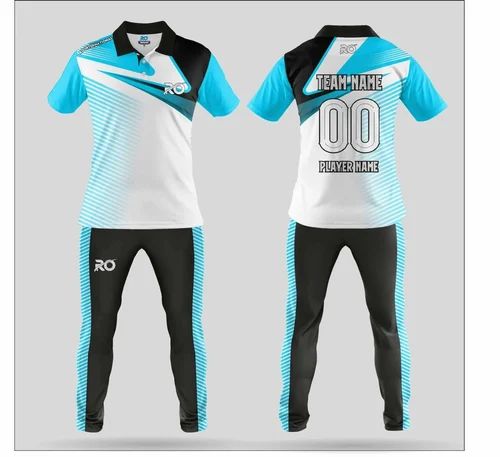In an era where environmental consciousness is paramount, the fashion industry faces scrutiny for its significant ecological footprint. As consumers become increasingly aware of the environmental impact of their clothing choices, the question arises: What clothing is best for the environment? This article delves into the intricacies of sustainable fashion, exploring materials, production processes, and ethical considerations that contribute to a more eco-friendly wardrobe.
Understanding Sustainable Fashion
Sustainable fashion refers to clothing that is designed, manufactured, and consumed in a way that minimizes environmental impact. This encompasses a variety of practices, from the use of organic materials to ethical labor practices and waste reduction strategies. The goal is to create a circular economy in fashion, where products are made to last, can be recycled, and do not contribute to pollution or waste.
Eco-Friendly Materials
- Organic Cotton: Unlike conventional cotton, which relies heavily on pesticides and fertilizers, organic cotton is grown without harmful chemicals. This not only reduces soil and water pollution but also promotes biodiversity. Brands that utilize organic cotton often highlight their commitment to sustainable practices.
- Tencel (Lyocell): Made from sustainably sourced wood pulp, Tencel is produced in a closed-loop process that recycles water and solvents. This fiber is biodegradable, soft, and breathable, making it an excellent choice for environmentally conscious consumers.
- Hemp: Known for its durability and low environmental impact, hemp requires minimal water and no pesticides to grow. It enriches the soil and can be cultivated in diverse climates, making it a versatile and sustainable fabric option.
- Recycled Materials: Fabrics made from recycled plastics, such as rPET (recycled polyethylene terephthalate), help divert waste from landfills and reduce the need for virgin materials. Many brands are now incorporating recycled materials into their collections, promoting a circular economy.
- Bamboo: While bamboo is a fast-growing plant that requires little water, the process of turning it into fabric can involve harmful chemicals. Therefore, it’s essential to choose bamboo clothing that is certified organic or produced using eco-friendly methods.
Ethical Production Practices
Sustainable clothing goes beyond materials; it also encompasses ethical production practices. Here are some key considerations:
- Fair Trade Certification: Look for brands that are Fair Trade certified, ensuring that workers are paid fair wages and work in safe conditions. This certification promotes social equity and environmental sustainability.
- Local Production: Supporting local artisans and manufacturers reduces the carbon footprint associated with transportation. Additionally, local production often adheres to stricter labor laws, ensuring better working conditions.
- Transparency: Brands that are transparent about their supply chain practices allow consumers to make informed choices. Look for companies that disclose their sourcing, manufacturing processes, and labor practices.
The Role of Minimalism and Capsule Wardrobes
Adopting a minimalist approach to fashion can significantly reduce environmental impact. A capsule wardrobe, consisting of a limited number of versatile pieces, encourages mindful consumption and reduces the frequency of purchases. This not only lessens waste but also promotes a more intentional relationship with clothing.
Care and Maintenance
To extend the life of your clothing and minimize waste, proper care and maintenance are crucial. Here are some tips:
- Washing: Wash clothes in cold water and air dry when possible to save energy. Additionally, using a Guppyfriend bag can help capture microfibers that would otherwise enter the water system.
- Repair: Instead of discarding damaged clothing, consider repairing it. Learning basic sewing skills or taking items to a tailor can prolong their lifespan.
- Recycling and Upcycling: When clothing is beyond repair, explore recycling or upcycling options. Many brands offer take-back programs, and DIY projects can transform old garments into new creations.
Conclusion
Choosing clothing that is best for the environment involves a multifaceted approach, considering materials, production practices, and personal consumption habits. By prioritizing sustainable fashion, consumers can contribute to a healthier planet while still enjoying stylish and functional clothing. As the industry evolves, it is essential to remain informed and make conscious choices that align with environmental values. Embracing sustainable fashion is not just a trend; it is a commitment to a greener future for generations to come.


